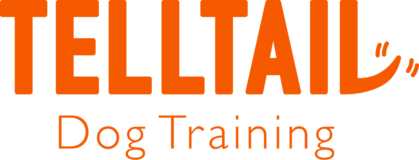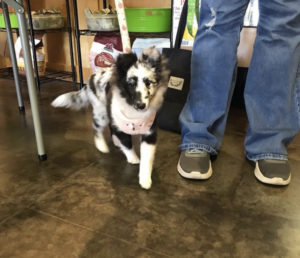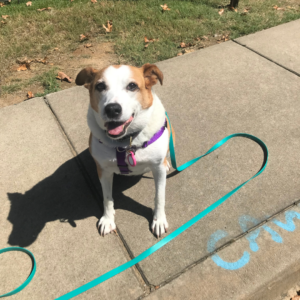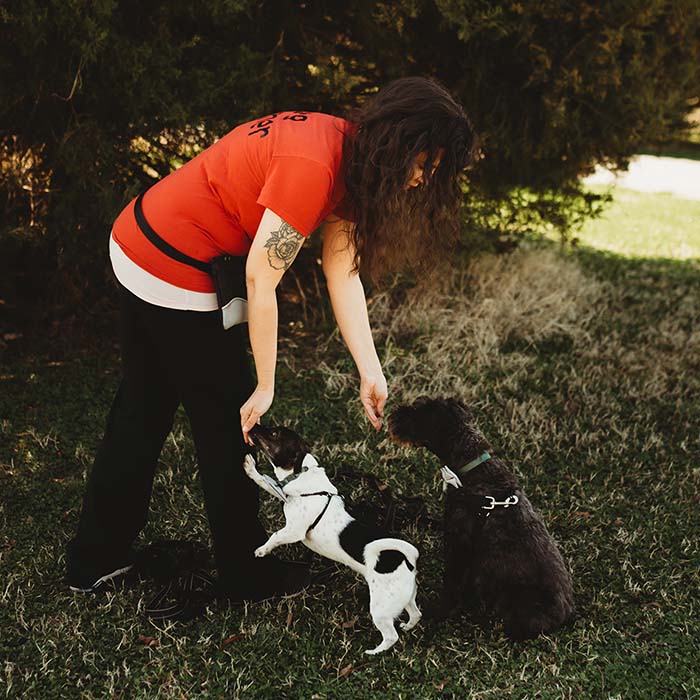Class Handout: Treats
Classes now come with handouts! Because I get questions about treats and rewards a lot, I wanted to share this one.
Why treats?
Quite simply, dogs need motivators to learn and work, just like us humans. Treats are the easiest, most fun way to offer a motivator. Plus, this is such a considerate way to teach a language! When we use food to show our dogs what we want, not only are we growing our relationship with them, but we’re showing exactly what we want without any surprises. I use LIMA – Least Intrusive, Minimally Aversive – with my training. This simply means, let’s start with a simple ask and proper motivation. This is more fully explained here at the CCPDT website.
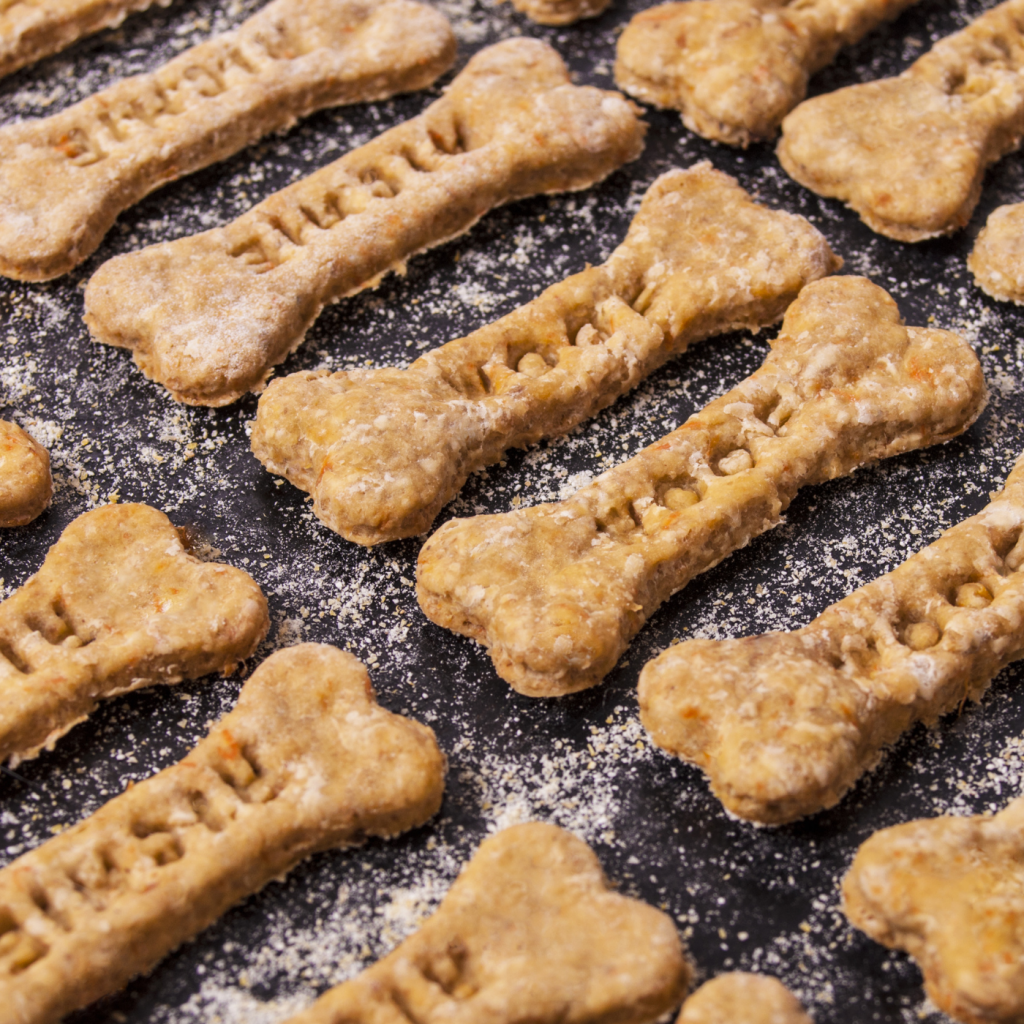
Are treats the only option?
Not at all! Motivators vary by dog. Some dogs are super food-motivated, while others love praise, play, or toys. Even affection can be used as a reward, if your dog finds this motivating! Some dogs can view petting as an aversive. And sometimes food can even be an aversive, depending on the situation. It is our responsibility to find what motivates each individual dog. Sometimes that requires some trail and error!
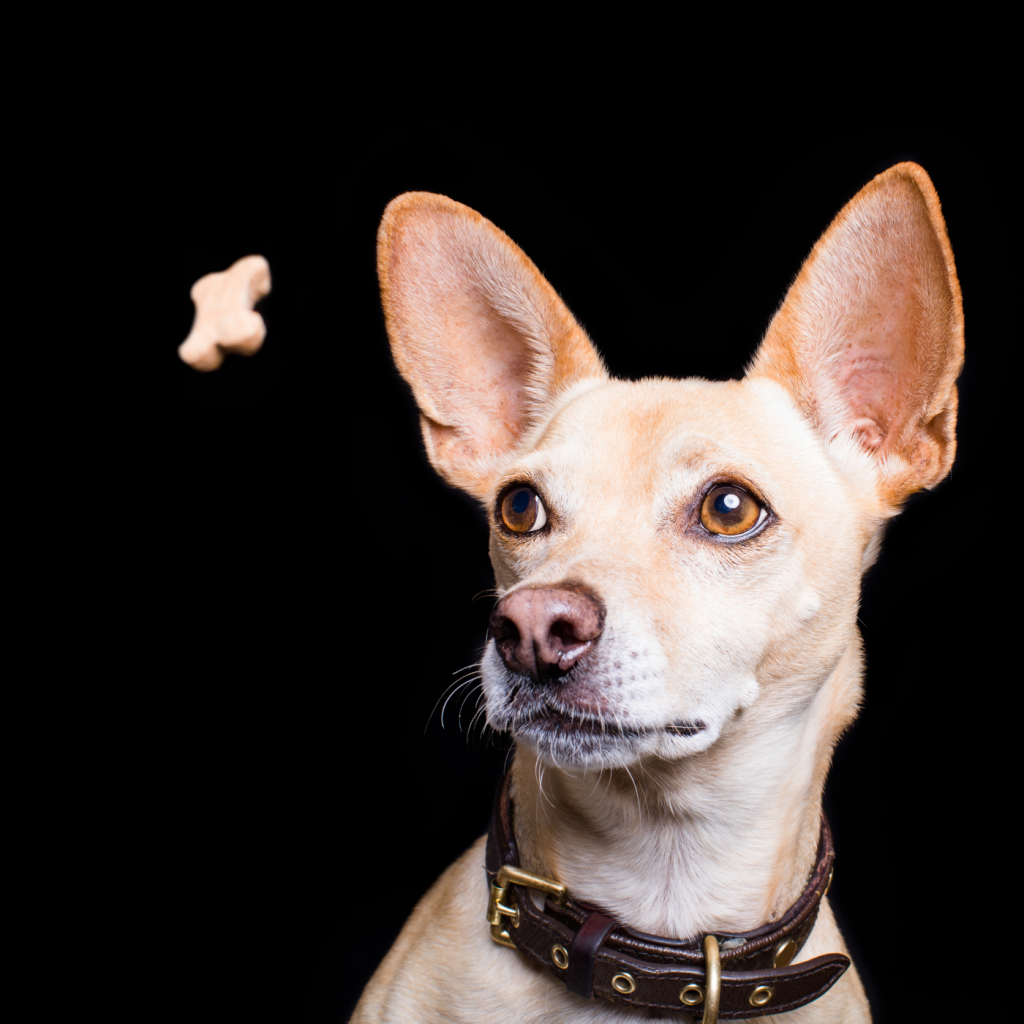
Should my dog be hungry when we train?
You can turn mealtimes into training sessions if you’d like, but I advise against using starvation as a motivator. Your dog does not need to be overwhelmingly hungry to learn. In fact, being so hungry they can’t hear you or process what you’re training can be detrimental to the training process. Because we do go through quite a few treats, you can talk to your vet about caloric intake and if you need to have a set amount of treats to use each day or if you need to reduce some kibble. Being active in training can balance out the intake. Remember, I am not a medical professional. Talk to your vet.
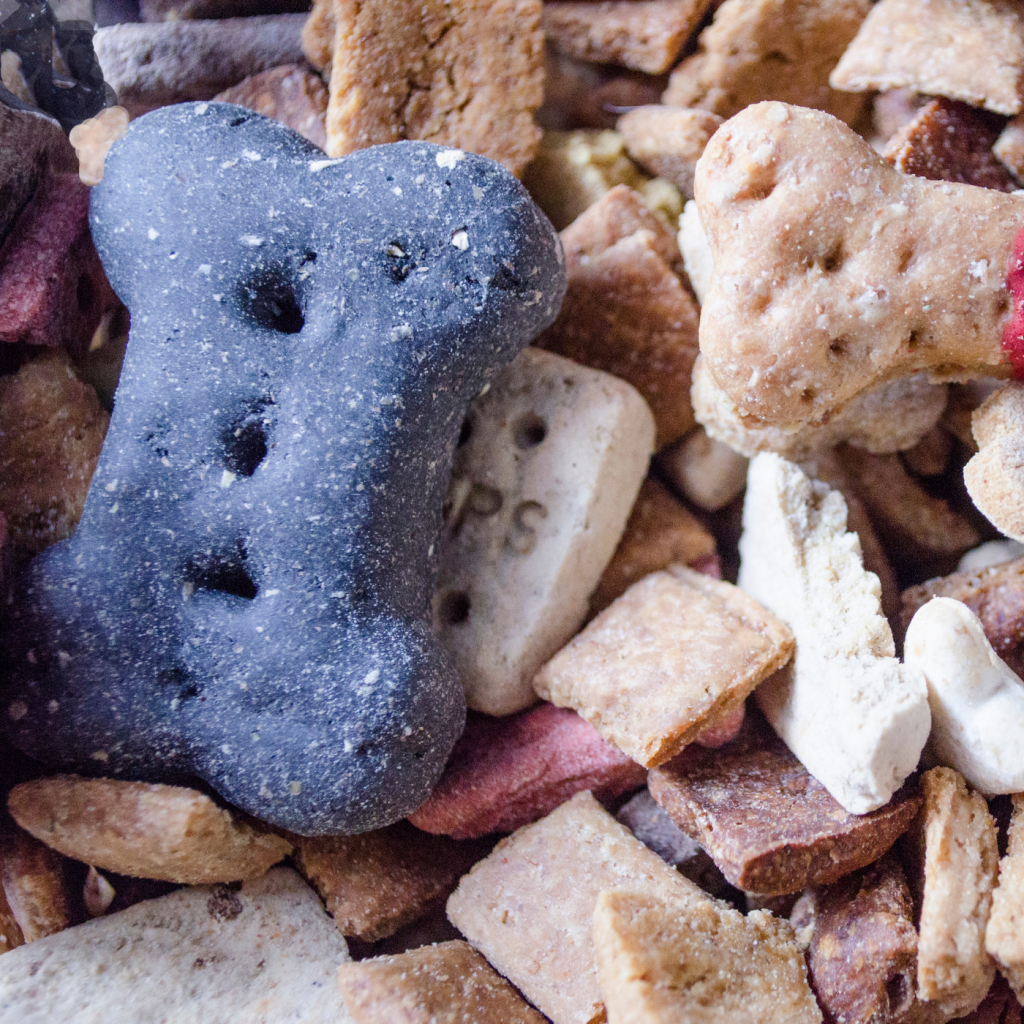
You promised we’d learn how to train while fading treats! When can I stop giving treats to my dog?
We are building cues to our verbal and physical movements and have begun making requests without food in hand. This means we can get a reliable response by practicing even in an emergency situation, with no treats immediately available. However, when you’re training regularly, it is important to incorporate treats into each training session. Much like a human can lose a skill like playing the piano if it sits dormant, our dogs can regress on skills with a lack of practice and proper reward. We can get into advanced cues or combination cues, but please don’t rush to do away with treats or a reward altogether. Quite often, even for me as a dog trainer, my mere presence isn’t always enough for dogs to do what I’d like them to do.
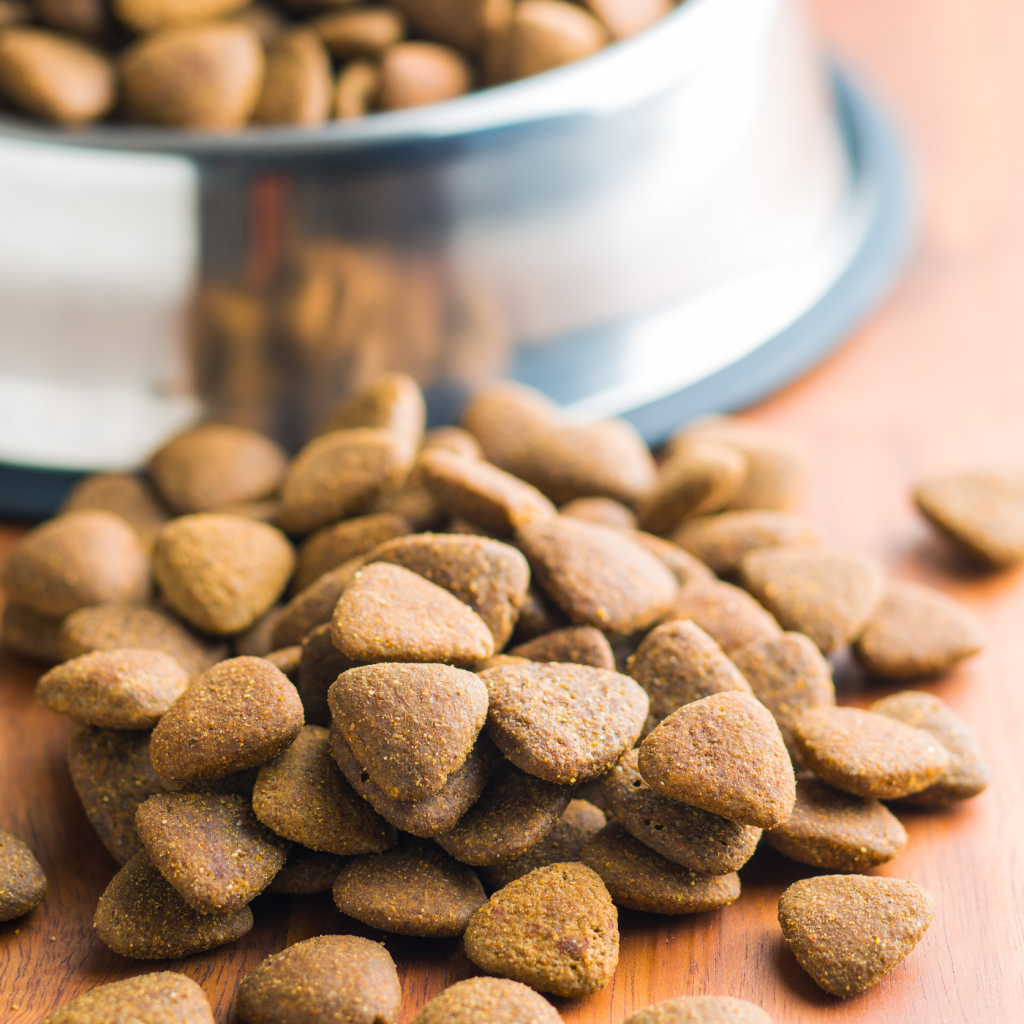
But we can absolutely get treats out of our hands. This requires a three-step process.
- Lure: This is where we start. We use a treat to show our dog what we’d like them to do.
- Home-base: Then we hold the treats nearby, but tucked away in another hand. We get the lure out of our cue hand and turn that lure into a full hand signal.
- Away: Treats go away, into a pocket or treat pouch. We rely on our hand signal, but still mark (“yes” or “good”) and reward. Remember, it doesn’t matter how fast you reward. It matters how fast you say “yes”. “Yes” means: what you did is correct, and a reward is coming.
Remember:
Even athletes with gold medals still have to practice. All employees want a paycheck for their work. If we are working towards a goal, like therapy dog training or rally/agility competitions, there are certain things we can expect at certain times, but please don’t rush your dog. Their motivations can be varied, and it’s easy to accidentally regress in training because we expect too much.
Try to have several different types of treats, especially for class. What works in a low-distraction environment, like your kitchen, might not work on a walk or in class. Even low-value and high-value will vary by dog, but some common ones include:
- Low-value: Kibble, milk bones, cheerios.
- Medium-value: Most dry, crunchy, or soft treats, like Pupperoni.
- High-value: Cheese (mozzarella or cheddar), deli meats like turkey, hot dogs.
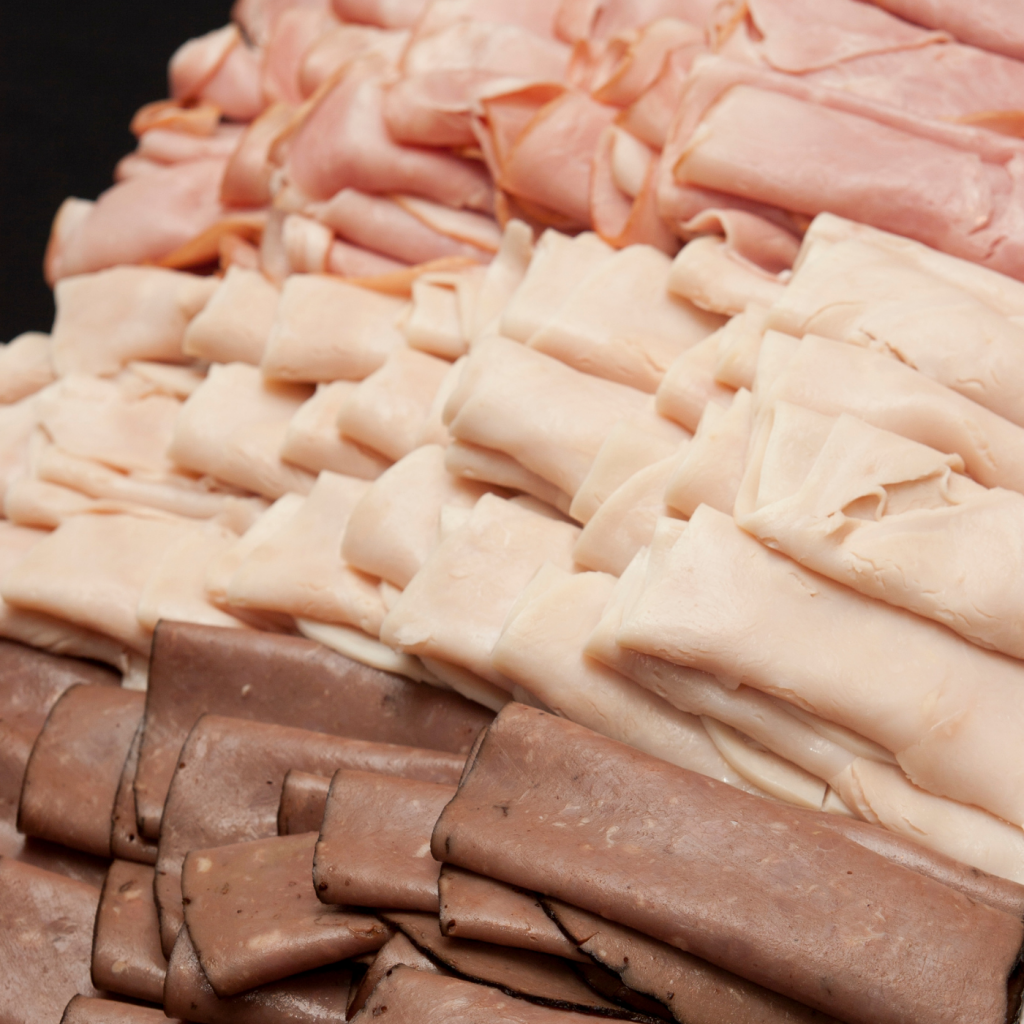
For a great understanding of how dogs learn and why we use the methods that we do, I recommend: Excel-erated Learning: Explaining in Clear English How Dogs Learn and How Best To Teach Them by Pamela J. Reid. This is an excellent break-down in learning theory and helps show why we use a marker word and why I stress physical cues.
What does your dog find rewarding? Sound off in the comments below or send me an email at info@telltaildogtraining.com. Telltail Dog Training offers group classes and private in-home lessons in the Little Rock area, along with training walks for current clients. Find Telltail’s podcast here, or find additional information on Instagram, Facebook, and YouTube.
